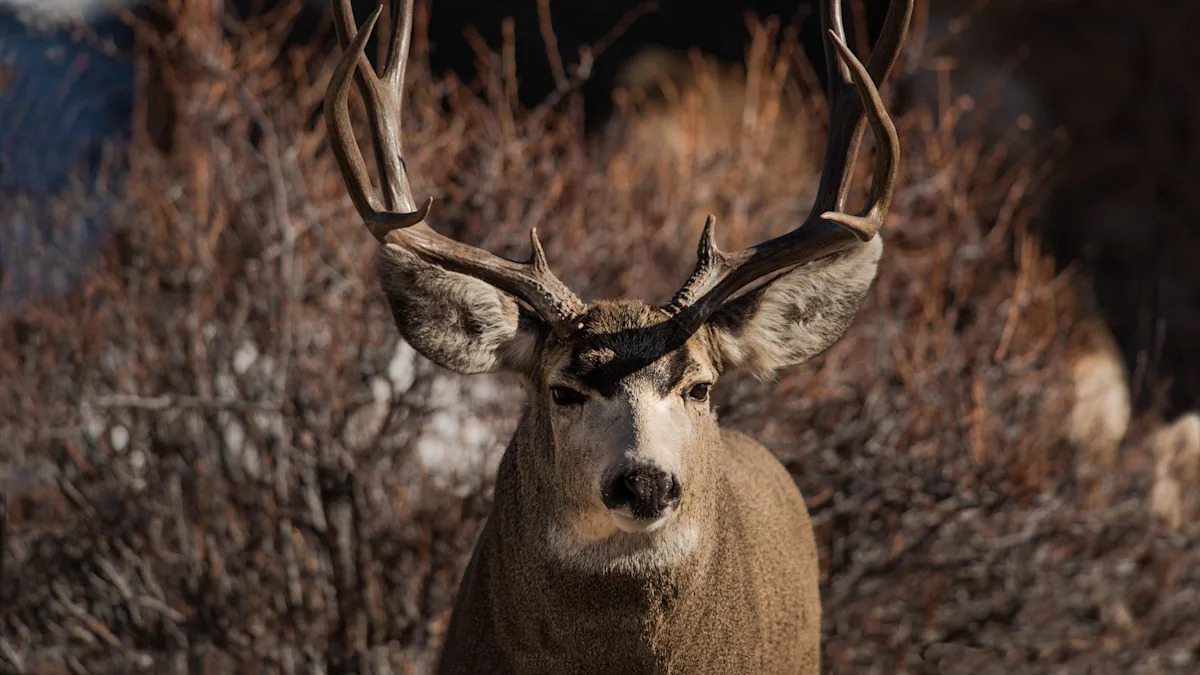Cheatgrass might sound sneaky, but mule deer aren’t falling for it — they’re packing up and moving on.
What’s happening?
A new study uncovered a troubling trend for one of the West’s most iconic species: Mule deer are avoiding areas overtaken by cheatgrass and other invasive plants.
As Explore Big Sky reported, researchers at the University of Wyoming found that once invasive grasses cover more than 13% of an area, deer begin to move elsewhere. When invasives exceed 20%, habitat use plummets.
If current trends continue, scientists warn that Wyoming could lose more than half of its high-quality mule deer habitat in the next two decades.
“The picture is grim if we sit back and do nothing,” Kurt Smith, senior research scientist and lead author of the study, said in an interview with the University of Wyoming AgNews. “But there’s plenty of hope that we can maintain big game populations if we strategically treat cheatgrass and other invasives.”
Why are invasive plants concerning?
Invasive species such as cheatgrass might look harmless, but they’re quietly reshaping ecosystems across the West. These fast-growing plants outcompete native vegetation for sunlight and water, reduce food sources for wildlife, and increase the risk of wildfires by drying out quickly and igniting easily.
As native sagebrush and perennial plants disappear, the ripple effects reach far beyond deer. It threatens pollinators, predators, and the balance of biodiversity in the region.
Healthy native plant communities help prevent soil erosion, filter water, and store carbon, which are natural services that keep local environments stable. When invasives take over, these functions collapse, making landscapes less resilient to drought and other stressors.
What’s being done about invasive plants?
Fortunately, scientists and land managers aren’t standing by. Across the West, conservation programs such as the U.S. Department of Agriculture’s Working Lands for Wildlife and the Wyoming Migration Initiative are teaming up with tribes, ranchers, and local agencies to restore sagebrush rangelands and slow the spread of invasive grasses.
Researchers say active intervention, such as careful herbicide application, prescribed grazing, and replanting native vegetation, can make a real difference.
As Smith said, there’s still time to turn things around, but only if we act now to protect the land that sustains both wildlife and humans.
How often do you feel hopeful about the future of the planet when you read news stories or watch entertainment content?
Click your choice to see results and speak your mind.
Join our free newsletter for good news and useful tips, and don’t miss this cool list of easy ways to help yourself while helping the planet.

